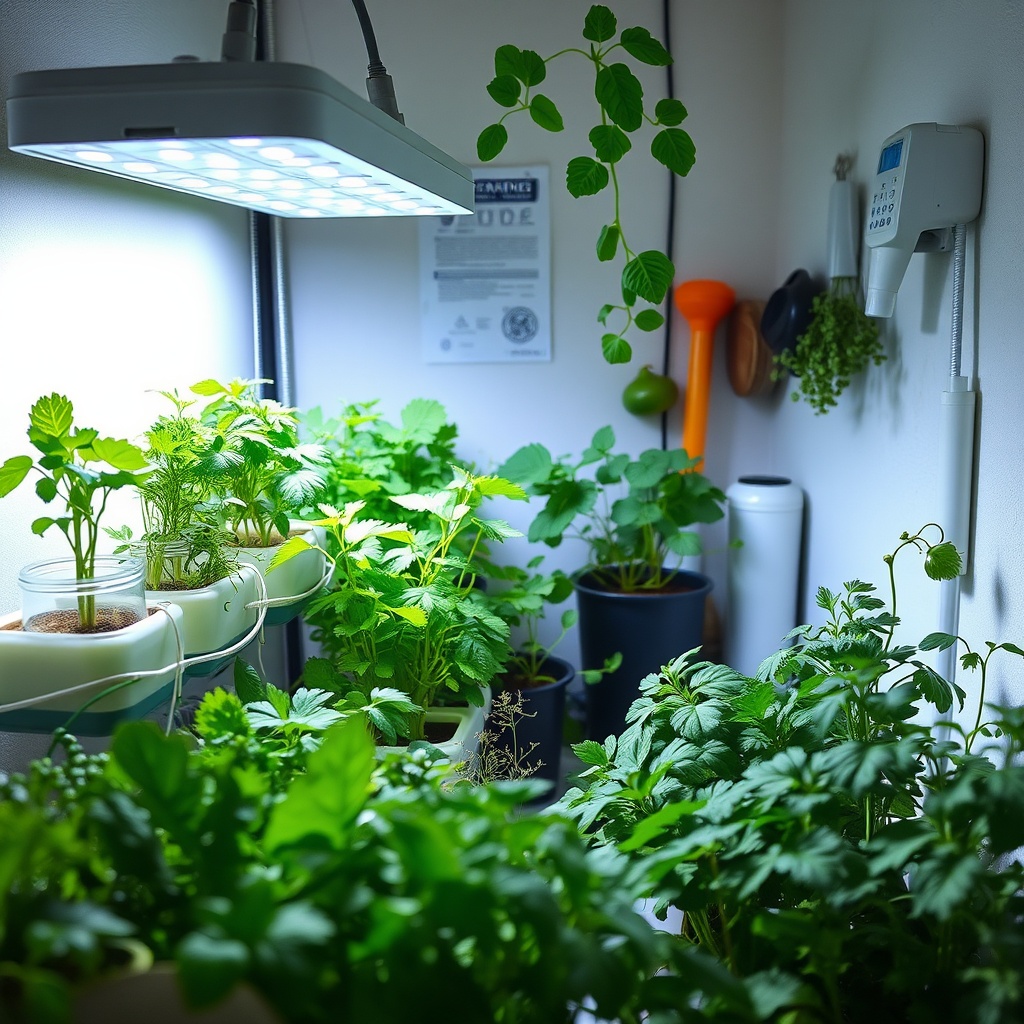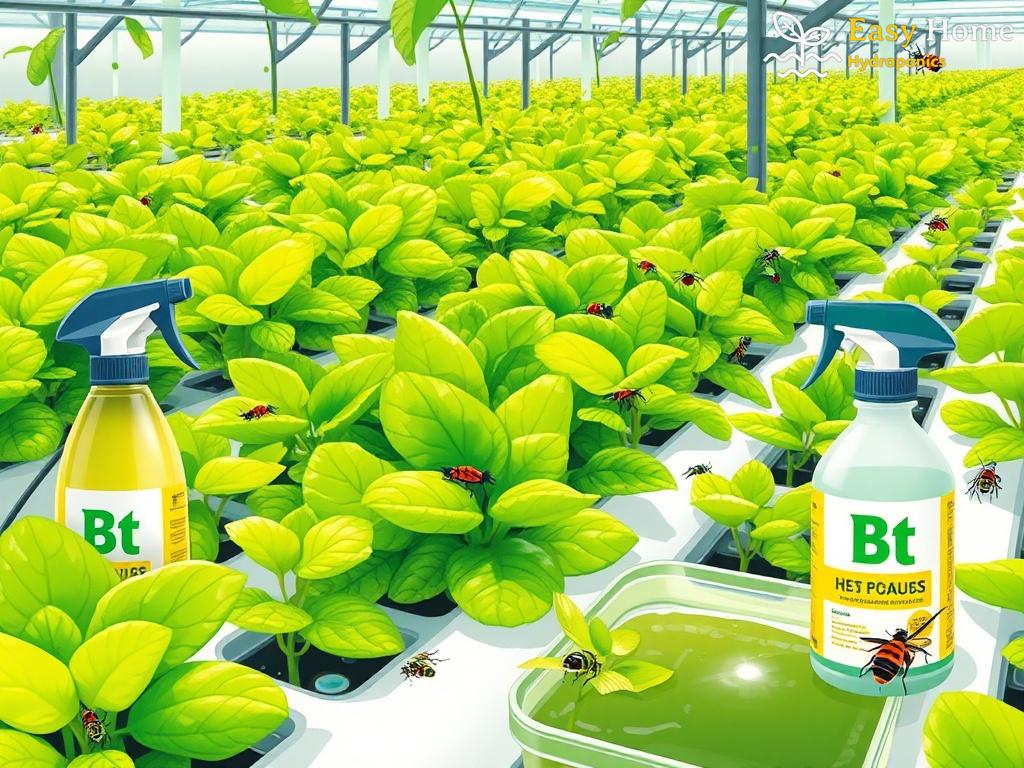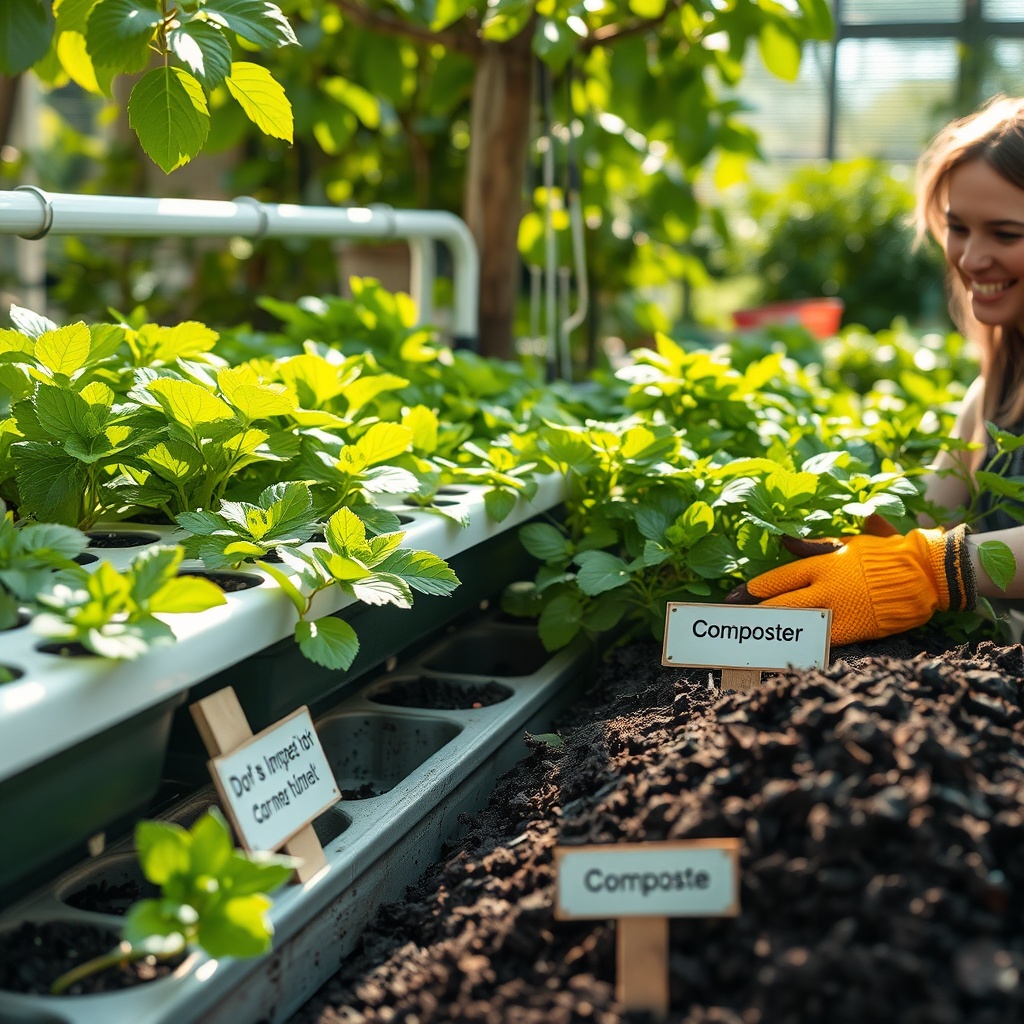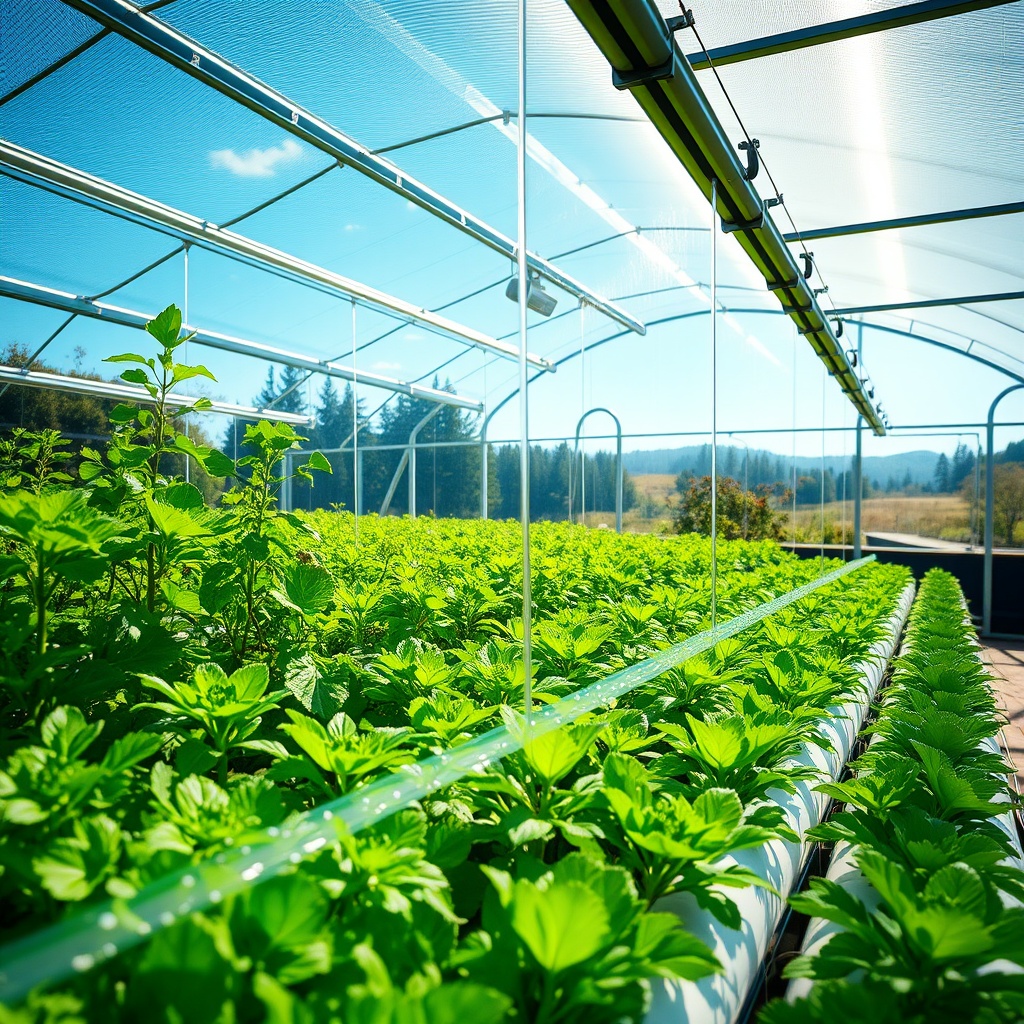Hydroponic systems offer a revolutionary approach to growing plants without soil, providing gardeners with the ability to cultivate crops indoors or in controlled environments. However, with this innovative method comes a unique set of pest management challenges that every hydroponic gardener must navigate. Understanding these challenges is crucial for maintaining a healthy and thriving hydroponic garden.
Pests in hydroponics can differ significantly from those found in traditional soil gardening. The absence of soil means that some common pests may be less prevalent, while others, particularly those that thrive in humid environments, may proliferate. This article delves into effective pest management strategies to ensure your hydroponic system remains pest-free.
Prevention is the cornerstone of effective pest management in hydroponic systems. By implementing proactive strategies, gardeners can significantly reduce the risk of pest infestations. Here are some essential practices:
- Sanitation: Regularly clean your hydroponic equipment and growing area to eliminate potential breeding grounds for pests.
- Environmental Controls: Maintain optimal humidity and temperature levels to create an environment that is less favorable for pests.
- Crop Rotation: Change the types of plants grown in your system periodically to disrupt pest life cycles.
- Beneficial Insects: Introduce natural predators such as ladybugs or predatory mites to help control pest populations.
By incorporating these practices into your gardening routine, you can create a less hospitable environment for pests, thereby reducing the need for more aggressive pest control measures.
Despite the best preventive measures, pests can still find their way into your hydroponic system. Identifying these pests early is crucial for effective management. Common pests in hydroponic systems include aphids, whiteflies, and spider mites. Each of these pests has unique characteristics and requires specific management strategies.
| Pest | Identification | Management Strategy |
|---|---|---|
| Aphids | Small, soft-bodied insects that cluster on new growth | Introduce ladybugs or use insecticidal soap |
| Whiteflies | Small, moth-like insects found on the undersides of leaves | Use yellow sticky traps and insecticidal soap |
| Spider Mites | Tiny, red or green pests that create fine webs | Increase humidity and apply miticides |
By learning to identify these pests and employing targeted management strategies, hydroponic gardeners can minimize damage and ensure healthy plant growth.




